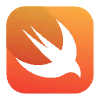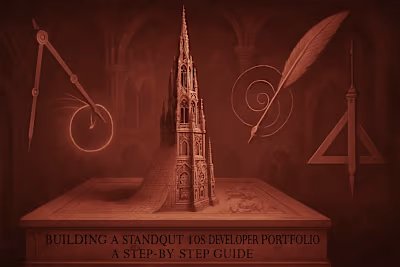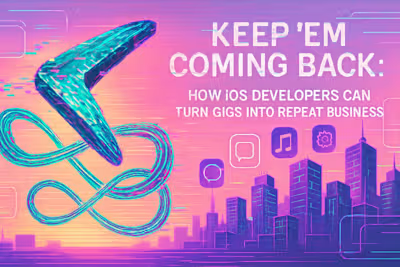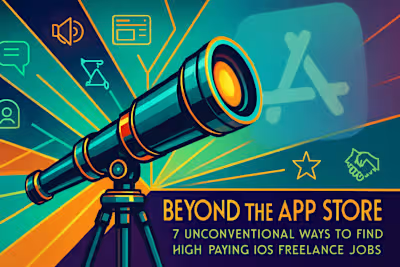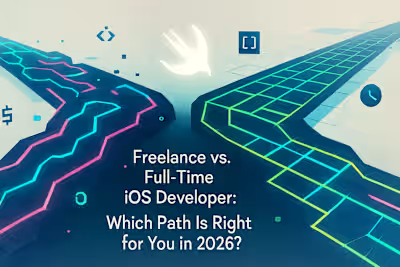Pitch Perfect: How to Craft iOS Freelance Proposals That Win Clients
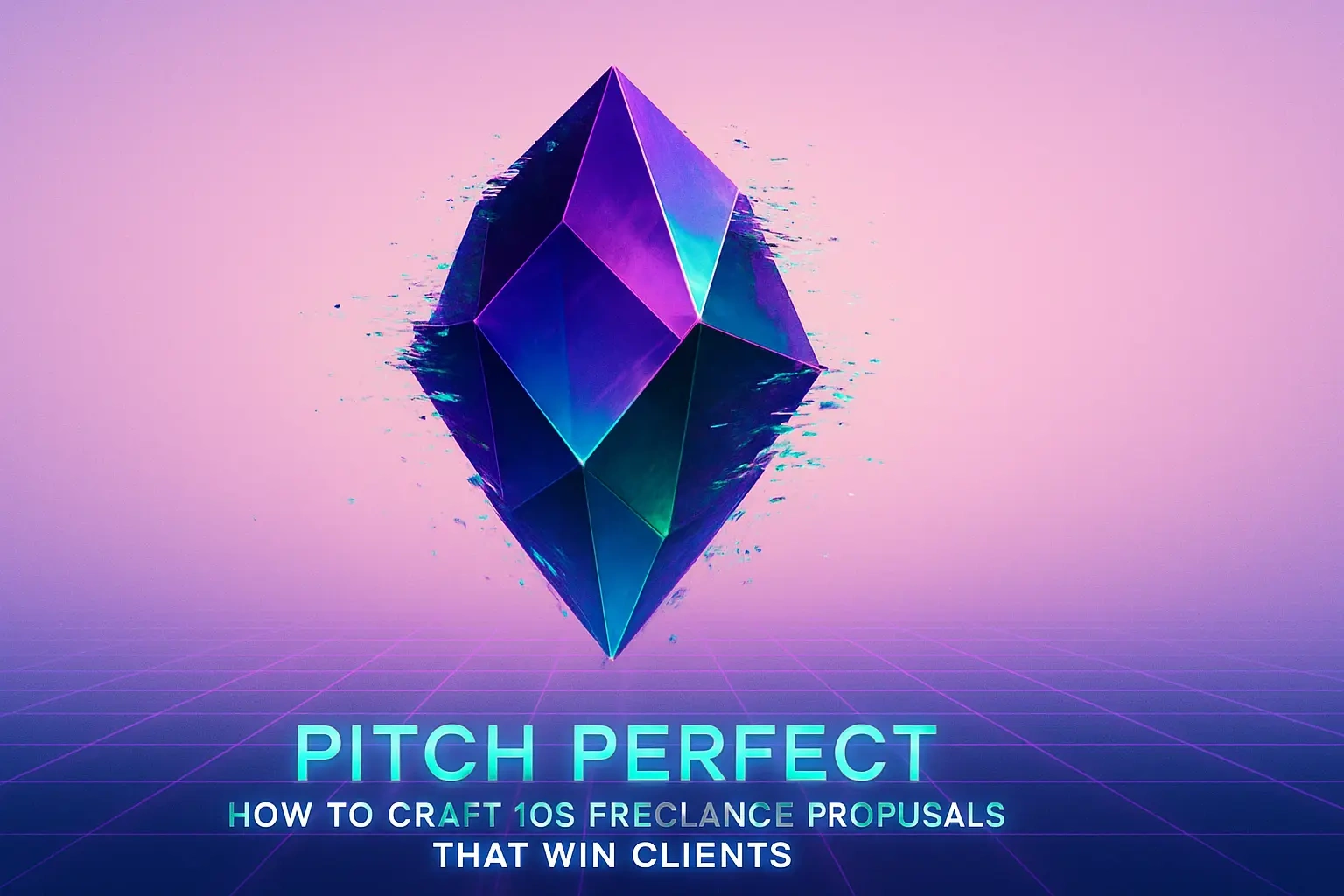
Pitch Perfect: How to Craft iOS Freelance Proposals That Win Clients
The Anatomy of a Winning Proposal
The Problem & The Vision
The Proposed Solution
Scope of Work & Deliverables
Timeline and Milestones
Beyond the Basics: Elements That Set You Apart
Showcase Relevant Experience (Mini Case Studies)
Define Your Process
Investment and Pricing Options
Writing with Persuasion: How to Talk to Clients
Focus on Benefits, Not Just Features
Use the Client's Language
Keep it Clear and Concise
Proposal-Winning Checklist
Did you personalize it?
Is the value proposition clear?
Is there a clear call to action?
Did you proofread it?
Conclusion
References
Pitch Perfect: How to Craft iOS Freelance Proposals That Win Clients
The Anatomy of a Winning Proposal
The Problem & The Vision
The Proposed Solution
Scope of Work & Deliverables
Timeline and Milestones
Beyond the Basics: Elements That Set You Apart
Showcase Relevant Experience (Mini Case Studies)
Define Your Process
Investment and Pricing Options
Writing with Persuasion: How to Talk to Clients
Focus on Benefits, Not Just Features
Use the Client's Language
Keep it Clear and Concise
Proposal-Winning Checklist
Did you personalize it?
Is the value proposition clear?
Is there a clear call to action?
Did you proofread it?
Conclusion
References
Posted Jul 6, 2025
Stop sending proposals that get ignored. Learn our proven framework for writing compelling iOS development proposals that stand out and win high-value clients.


